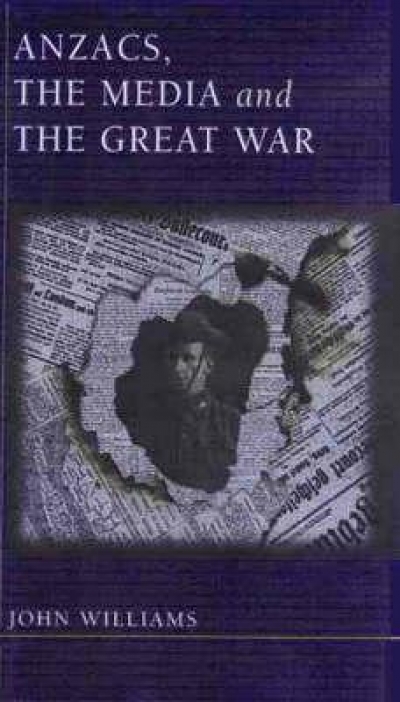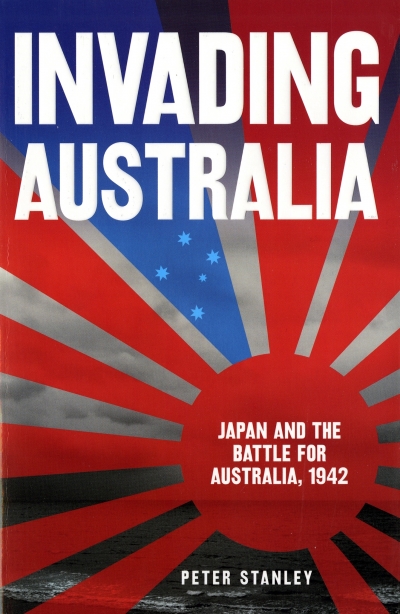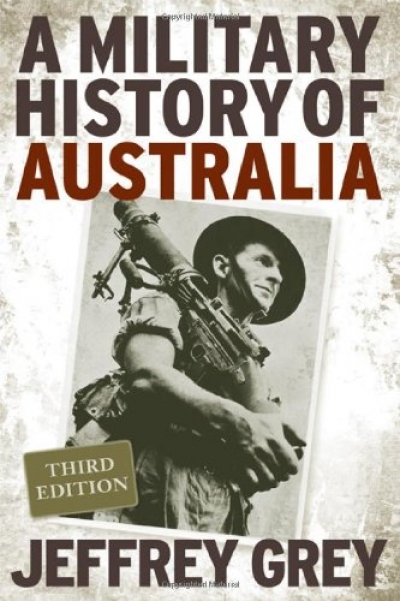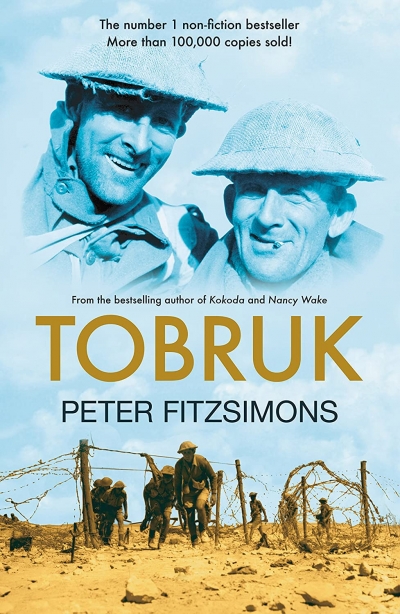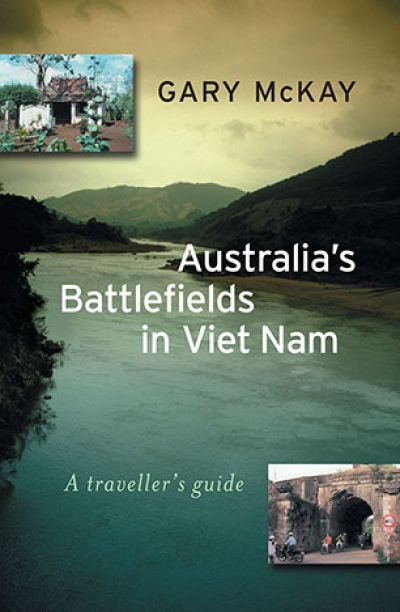Jeffrey Grey
Anzacs In Arkhangel: The Untold Story of Australia and the Invasion of Russia 1918-19 by Michael Challinger
by Jeffrey Grey •
Invading Australia: Japan and the battle for Australia, 1942 by Peter Stanley
by Jeffrey Grey •
A Military History of Australia by Jeffrey Grey & Duty First by David Horner and Jean Bou
by Peter Edwards •
Australia’s Battlefields in Viet Nam by Gary McKay & On the Offensive by Ian McNeill and Ashley Ekins
by Jeffrey Grey •
The Empire Fractures: Anglo-Australian Conflict in the 1940s by Christopher Waters
by Jeffrey Grey •

